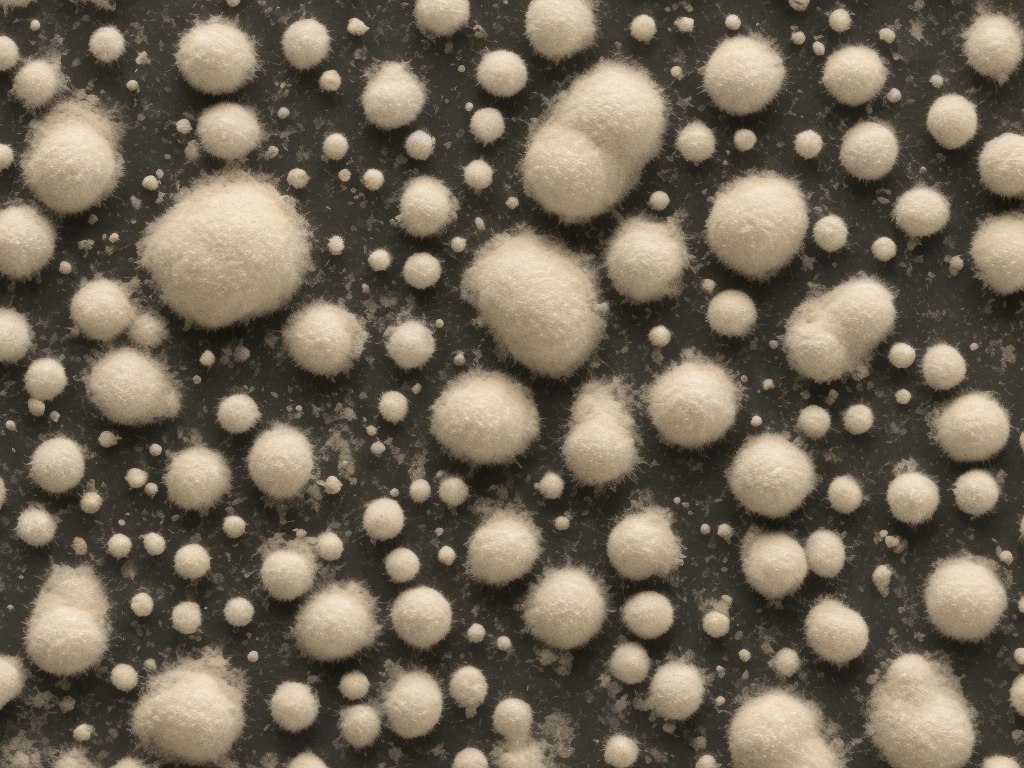
Yeast and mould are two types of fungi that are commonly found in the environment. Despite sharing similar characteristics such as being eukaryotic organisms and being decomposers, there are also several differences between the two types of fungi. In this article, we will explore these differences and provide a better understanding of the characteristics of yeast and mould.
Firstly, let's start with the basics. Yeast and mould are both fungi, which means they do not produce their food but instead absorb nutrients from their surroundings. They belong to the kingdom Fungi and are heterotrophs, meaning they cannot produce their energy source and depend on consuming other organisms. They are ubiquitous in nature and can be found in soil, water, air, and even within other living creatures.
Yeast is a unicellular fungi that belongs to the Ascomycota phylum, whereas mould is a multicellular fungi that can belong to various phyla such as Zygomycota, Ascomycota, and Basidiomycota. Yeast typically reproduces asexually through budding, whereas mould reproduces both sexually and asexually through spores.
One of the most significant differences between yeast and mould is their cell structure. Yeast is unicellular, meaning it is composed of a single cell. On the other hand, mould is multicellular, meaning it is composed of many individual cells that are visible to the naked eye. These individual cells are called hyphae, which are thread-like structures that form the body of the mould.
Another difference between yeast and mould is the way they grow. Yeast grows through fermentation, which is the process where sugar is converted into alcohol, carbon dioxide, and energy. It often thrives in warm, moist environments such as within baking dough, alcoholic beverages, and dairy products.
In contrast, mould grows through the process of hyphal growth, which is the extension of its hyphae in search of food sources. It generally thrives in a broader range of temperatures, light conditions, and moisture levels, and is often visible as a fuzzy or powdery growth on visible surfaces such as bread, fruit, and cheese.
Mould also has a more varied appearance than yeast. It can take on numerous colors, such as white, yellow, green, blue, or black, depending on the species. Yeast, however, typically appears in just one form and color. If you have ever observed a piece of bread or cheese that has begun to grow mould, you will notice that it initially appears as a mycelium, which is the white or colored fuzzy growth produced by the mould to absorb nutrients.
One of the most significant differences between yeast and mould is their impact on human health. While some forms of yeast are beneficial to humans, such as those used for baking or brewing, others can cause illness under certain circumstances. These include Candida, which can cause a variety of infections in humans, and Saccharomyces cerevisiae, which can cause infections in immunocompromised individuals.
Mould, however, is generally more harmful to human health. Some species of mould produce toxins that can lead to health problems such as respiratory issues, skin irritation, and allergic reactions. As mould can produce toxic spores, it is essential to take proper precautions when handling mould-contaminated items, such as wearing gloves and masks and using proper cleaning solutions.
Lastly, yeast and mould have different industrial applications. Yeast is commonly used in the food industry for baking, brewing beer and wine, and fermenting various food products, such as sourdough bread, soy sauce, and yogurt. It is also used in the production of ethanol, which is used as a fuel source.
In contrast, mould is commonly used in the production of antibiotics such as penicillin, which is produced by the mould Penicillium notatum. Mould is also used to produce citric acid, used to add sourness to food products such as soft drinks, and enzymes, used in various industries, such as the production of cheese and bread.
In conclusion, despite sharing common characteristics and being part of the same kingdom, yeast and mould are two very different types of fungi. Yeast is a unicellular organism that reproduces through budding, grows through fermentation, and is commonly used in the food and fuel industries. Mould, on the other hand, is a multicellular organism that grows through hyphal growth and is commonly used in the production of antibiotics and enzymes. Understanding the differences between yeast and mould can provide insight into their unique characteristics, which can be helpful in various fields of study and application.
 Self-Instruct
Self-Instruct